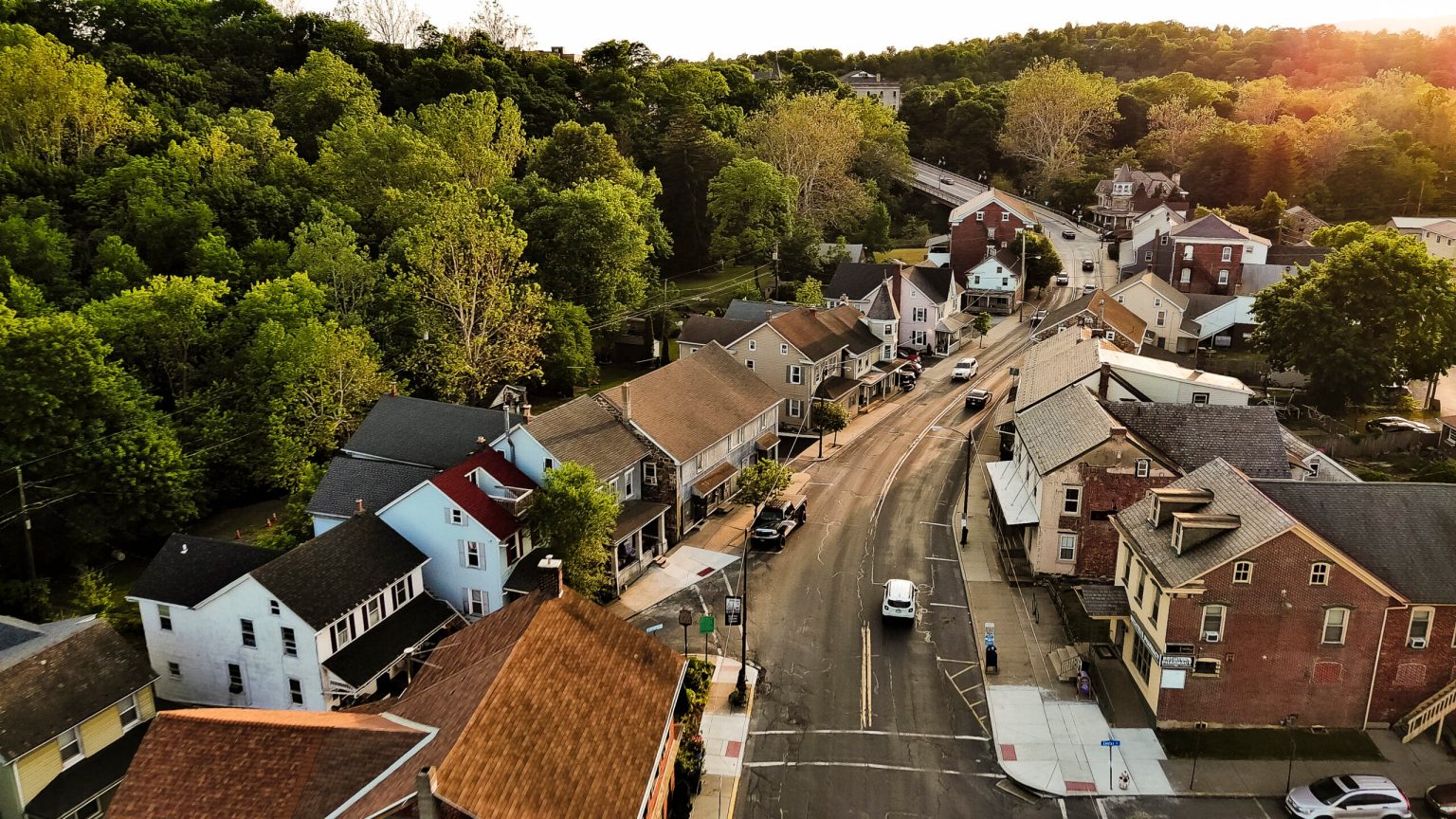Borrowing against your house hasn’t been this inexpensive in years.
That’s if you want to use a home equity line of credit (HELOC), that is. For most of 2025, HELOC rates have been sinking, and are currently below 8 percent. For homeowners needing cash for renovations, debt consolidation or anything else, the decline offers the chance to tap their home equity at the lowest interest rate in two years.
But will rates continue to fall in the coming months?
What’s the outlook for HELOC rates?
The sustained drop in home equity lines of credit (HELOC) rates began last autumn, after the Federal Reserve first slashed the benchmark interest rate. Subsequent smaller cuts at two subsequent meetings led to additional declines. And they’ve continued to soften this year, despite the fact that, in its first two meetings of 2025, the Fed hit the brakes on its rate reductions.
“The Fed is firmly planted on the sidelines for now, so there is no immediate catalyst to push HELOC rates one way or the other,” says Greg McBride, chief financial analyst at Bankrate.“Whether the tone of economic data in the coming months indicates a greater concern about accelerating inflation or a decelerating economy will ultimately determine what the Fed does with rates and on what timetable.”
Still, looking ahead to the end of 2025, McBride forecasts that HELOC rates will average 7.25 percent, the lowest level in almost three years. He stresses that borrowing costs are unlikely to return to the rock-bottom rates we saw around the Great Recession, when they dipped below 5 percent, and during the pandemic, when they fell as low as 3.86 percent.
“Be careful what you wish for,” says McBride. “We’re not going back to the artificially low interest rates seen following the Great Recession any time soon. We likely will at some point – but that point will be a very severe recession or financial crisis. Higher interest rates in a good economy are better than really low interest rates in a really bad economy.”
Since they’re unsecured — not backed by any collateral — credit cards charge much higher interest than HELOCs do. In the most recent week, the average credit card interest rate clocked in at 20.12 percent, close to a record high.
What influences HELOC rates?
HELOC rates primarily follow the prime rate, which is impacted by the Federal Reserve’s monetary policy moves. When the Fed cuts its benchmark federal funds rate, HELOC rates typically drop, and when the Fed raises rates, the opposite usually happens — they increase.
Of course, the Fed doesn’t operate in a vacuum. In shaping policy, it weighs the course of the U.S. economy and the impact of both domestic and geopolitical events. As Mark Hamrick, senior economic analyst at Bankrate points out, “the Fed is waiting to see how Trump administration policy actions, namely the highest effective tariffs in generations, will affect the economy. It is unhelpful that the messaging on the policy and the process from the White House is inconsistent and conflicted with comments coming from governments elsewhere.”
Hamrick notes that the Fed is also mindful of the upside risks to inflation and downside risks for growth and the job market. “Both of those dynamics are threats to achieving its dual mandate: stable prices (combating inflation) and maximum employment (a healthy job market). Some analysts and investors are betting the first move will be a rate cut in the coming months, but that is far from certain. Uncertainty is weighing on the minds of consumers, business leaders, investors and even central bankers.”
Is now a good time to get a HELOC?
With HELOC rates at their lowest levels in more than a year, is it time to jump on the HELOC bandwagon?
Despite the drop in rates, it’s important to keep things in context. Even below 8 percent, a home equity line of credit (HELOC) is not exactly a low-cost source of funds.
“Homeowners are sitting on a record amount of home equity, but borrowing rates are still high,” says McBride. “A lot of HELOCs carry rates of 9 percent or 10 percent. With no prospect of a significant cut in interest rates any time soon, that just isn’t compelling.”
But still, homeowners have been flocking to HELOCs. In Q4 2024, HELOCs comprised over 16 percent of all loans, almost quadruple their level in 2021, according to property analyst ATTOM Data Solutions. Consumers also increased their balances on HELOCs in the fourth quarter of 2024 by $9 billion to $396 billion, according to the Federal Reserve Bank of New York.
Experts say a HELOC could be worth considering—especially if you’ve built up a significant ownership stake in your home, as many U.S. homeowners have done. At the end of 2024, The average mortgage-holding homeowner had $303,000 in equity, a gain of over $4,000 for the year, according to real estate data analyst Cotality.
“Due to historic home price appreciation, HELOCs are an easy way to tap that home equity,” says Brian Grzebin, president of mortgage banking at Univest Bank and Trust. “Most HELOCs are tied to the prime rate, which moves down with Fed cuts, so it would be a good time for anyone wanting to pay off high credit card debt, renovate their home, or make a big purchase that would otherwise have a higher rate.”
If you want to play, McBride offers an additional tip: Seek out the promotional rate offers by HELOC lenders that give you lower-than-market interest at a fixed rate for up to a year. “Shop around and consider introductory offers that are sub-6 percent,” he advises. This will “buy you a period of time at the lower rate to make a dent in the [HELOC] balance before the higher rate kicks in.”
Read the full article here
